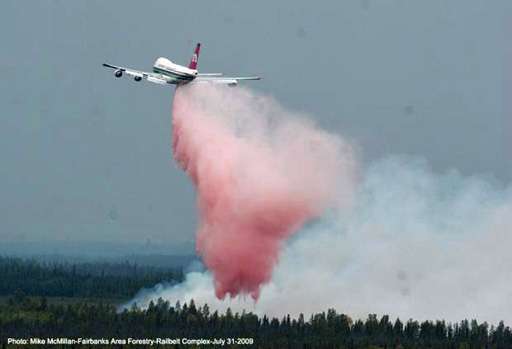Originally Posted By: Drew99GT
Originally Posted By: JHZR2
OT but practically speaking how much more retardant could a 747 hold vs a DC-10, and how much more fuel would it burn??
Great picture, OP!
The 747 in the Evergreen configuration could hold 20,000 gallons vs 12,000 gallons for the 10 Tanker DC-10s. The 10 tanker aircraft are set up to be very light when fully loaded and quite maneuverable. They could hold potentially 10,000 more gallons and be at maximum weight, but they'd lose maneuverability around fires.
The 10 frequently dispatches at a takeoff weight 40% lighter than its certified MGTOW.
· The 10 turns comfortably within the turn radii of smaller aircraft including Single Engine Air Tankers (SEAT) and lead planes.
· The 10’s improved thrust to weight ratio significantly increases vertical performance (climb), and greatly enhances safety margins in a failed engine scenario.
· The 10 enjoys a wide margin above stall at typical drop speeds and weights, even with a full retardant load
Great info, thanks. So, is the 747 more maneuverable than a DC-10? Does it burn twice the fuel? Or more?
I love 747 airplanes, but it seems that the case may be difficult to make... But what do I know? Maybe not - nearly double the capacity with only one extra engine to maintain?



